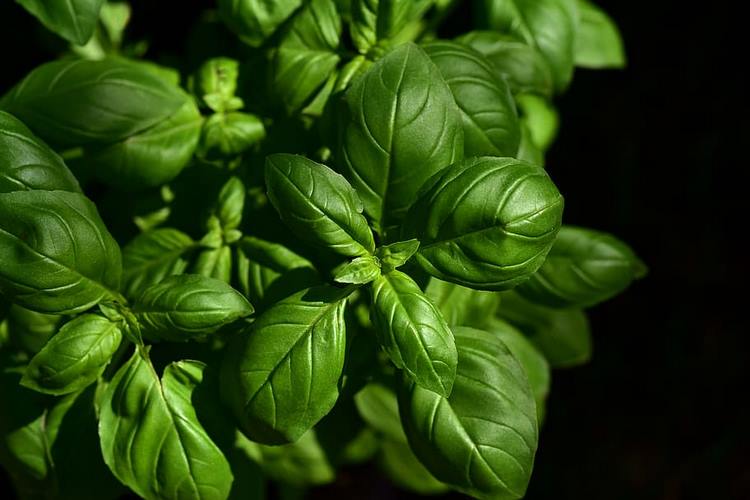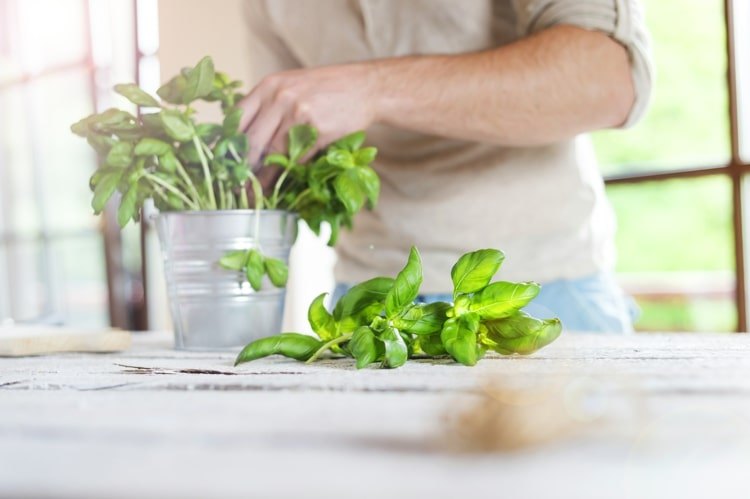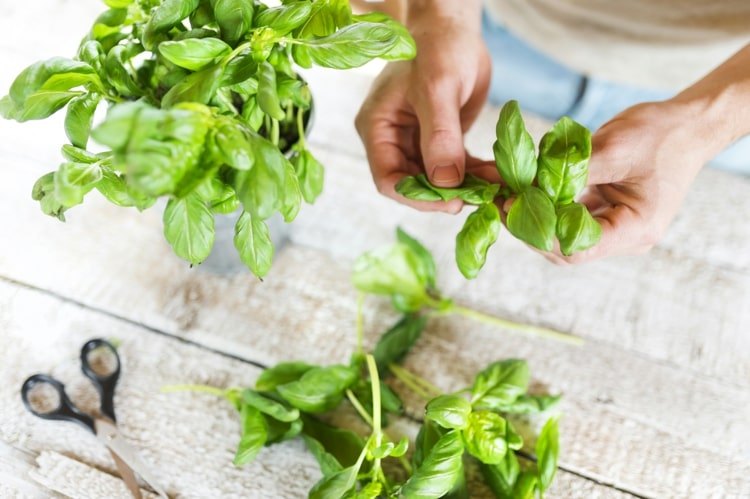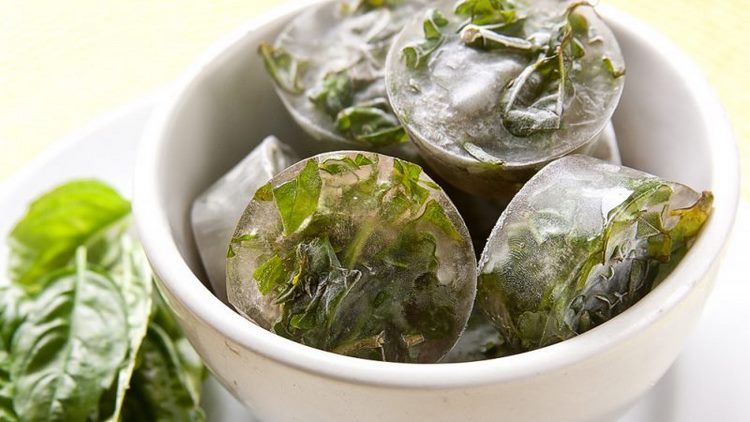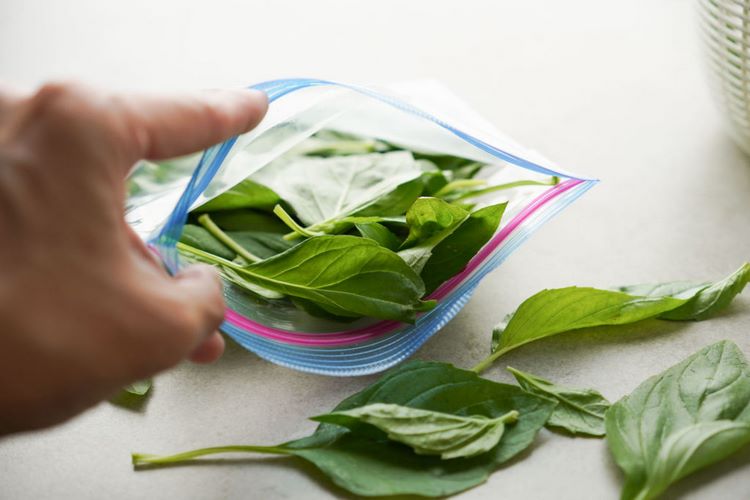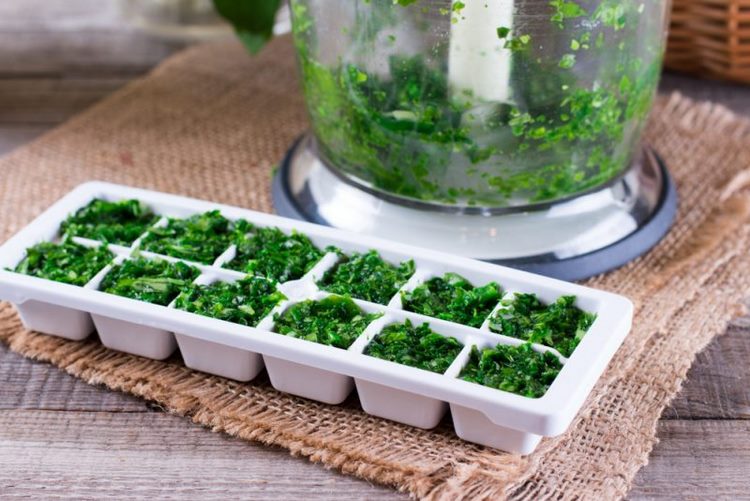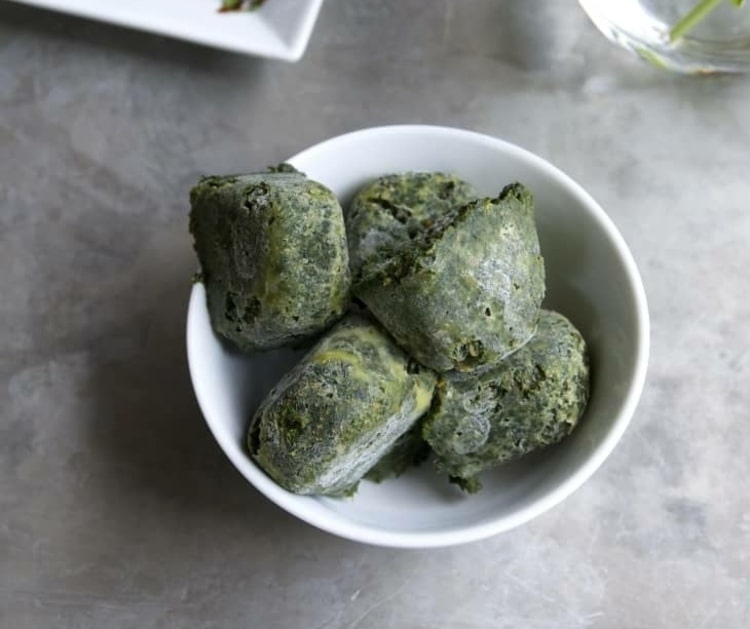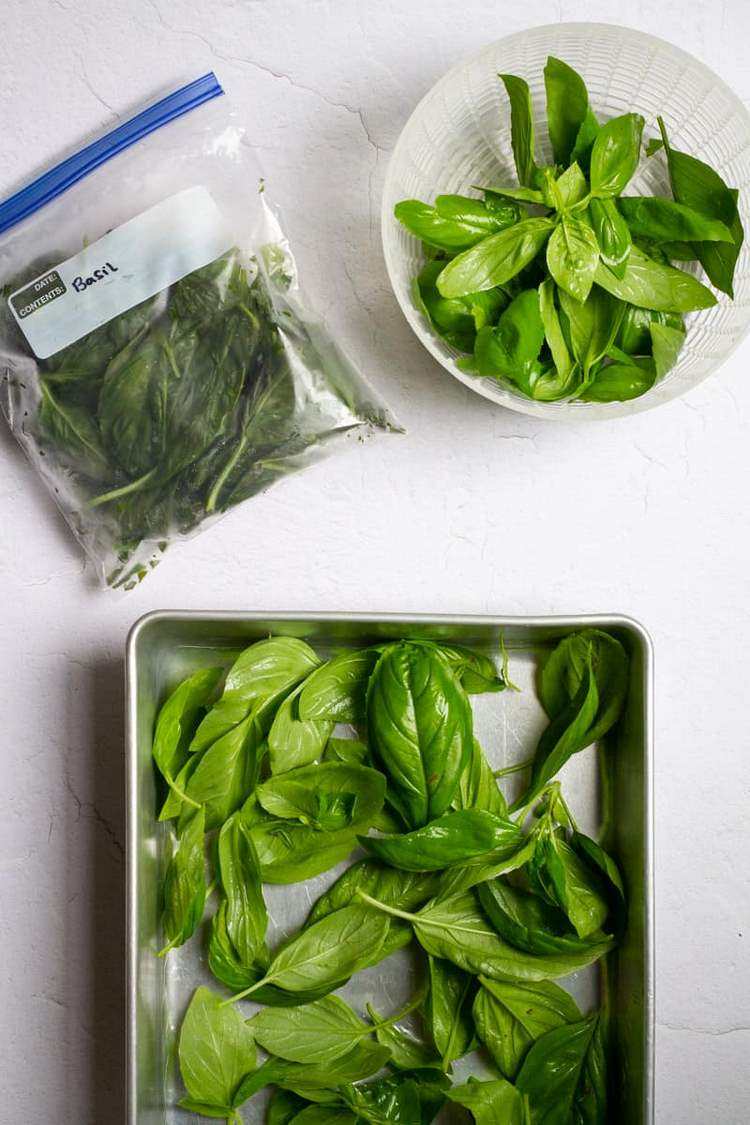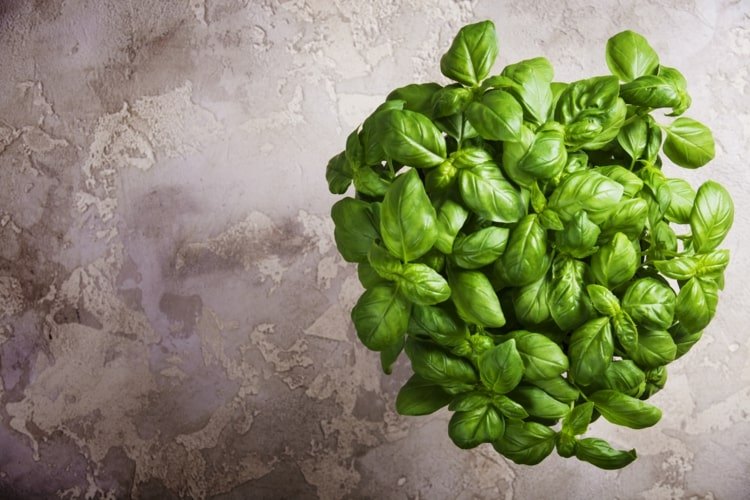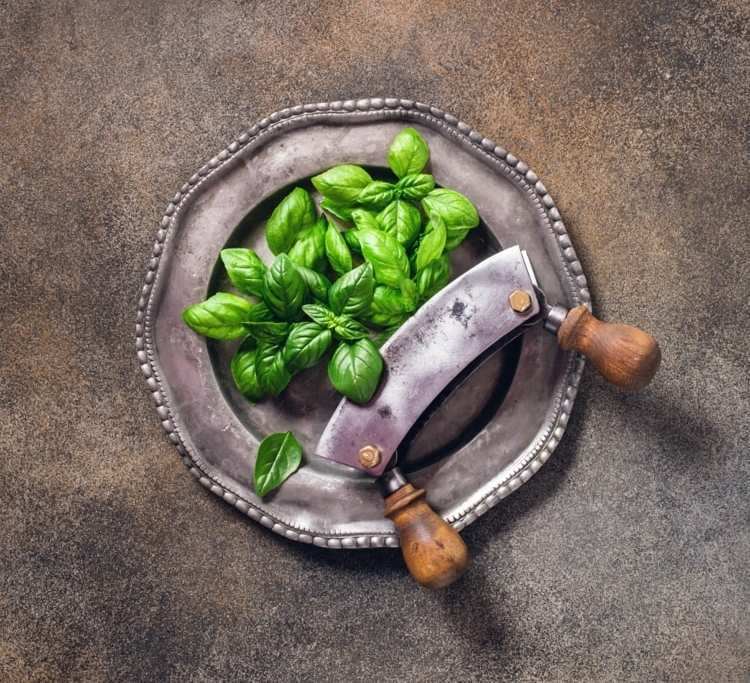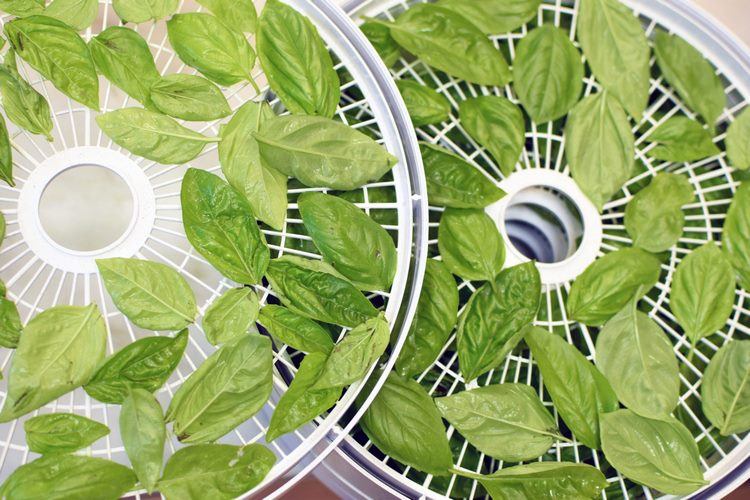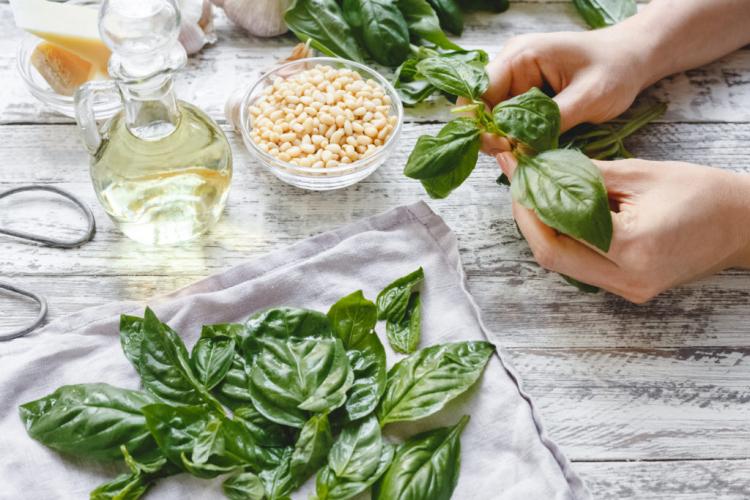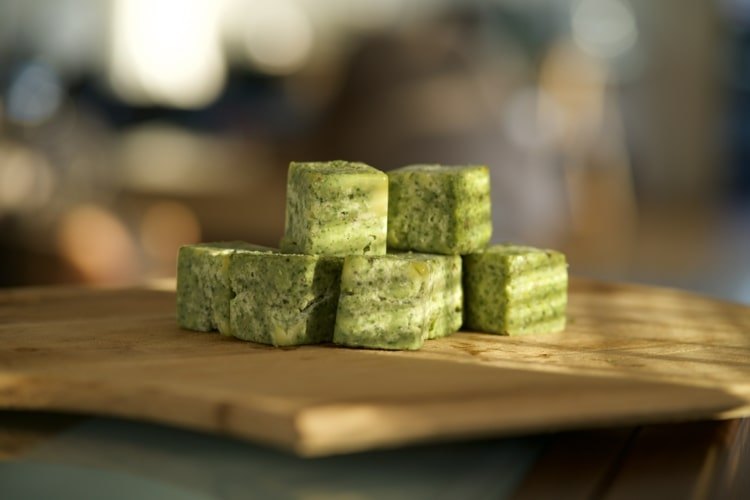There is no doubt that basil is one of the most popular and versatile herbs because its aroma is simply unique. It can be used both separately and in combination with other herbs and spices, as an ingredient in soups, salads, sauces or simply decorate dishes.
Basil can be cultivated wonderfully even without a garden and in pots, which is also good news for amateur cooks who value fresh ingredients. It is the perfect choice for indoor herb gardens. How to preserve basil for the winter? We will show you a few options and explain how you can use and enjoy your beloved spice even in the cold season.
Why Is It a Good Idea To Preserve Basil?
Basil is used in culinary around the world, but few people know about its medicinal properties. This perennial plant has a whole range of useful qualities that allow it to be used for medical and cosmetic purposes. Basil contains vitamins A, C, B2, K, minerals and essential oils, carotene and tannins, etc.
Due to the high content of essential oils, even the smell of aromatic herbs has a beneficial effect on the functioning of the heart and nervous system. Basil is widely used in traditional and folk medicine. Due to its vitamin composition, it has a positive effect on the body:
- boosts immunity;
- relieves skin inflammation;
- basil has antiviral and bactericidal action;
- lowers the level of bad cholesterol;
- improves the work of the digestive tract;
- useful for conjunctivitis and other eye diseases;
- has antipyretic properties;
- acts as a sedative.
Basil comes in about 70 varieties and is the main ingredient in one of the most famous Italian sauces – Pesto. In France, a sauce of olive oil, garlic and basil is served with meat, pasta and vegetables, and the combination of tomatoes and basil is considered a classic in French cuisine.
How to Harvest Fresh Basil?
How and when to harvest basil so that it can preserve its beneficial properties and taste characteristics with an excellent aroma for a long time?
In general, you need to harvest basil when a young bush grows to 15-20 centimeters in height. This usually falls on the last days of July or the first half of August. If you want to dry the basil leaves, then you need to start harvesting it before the plant begins to bloom. Here are some things to keep in mind:
- Harvest in the late morning. Morning dew should already be dry by this point. It is also important that you choose a dry day. Do not wait until the midday heat, as it reduces the essential oils.
- Do not pick individual leaves. Instead of plucking off every basil leaf, cut off the entire tip of the shoot with a sharp knife – the area above the leaf branches.
- One or two pairs of leaves should remain on each shoot. Only then will the plant sprout again.
If you want to harvest a large amount at once, keep the following in mind:
- During and after blooming, the leaves acquire a rather bitter taste. So harvest your basil just before blooming.
- Annual varieties are usually harvested in late summer or early fall.
What Can You Do with Basil after You’ve Harvested It?
Of course, like all other herbs, basil tastes best when it is fresh. So you don’t need to harvest all of the leaves at once. Instead, it is best to only use as much as you need at the moment. Once you have bought or harvested the fresh spice, however, you have to process it or in some way preserve it.
But how can you preserve basil? Freeze or dry basil – which method is better? The answer is very simple – if it is possible to freeze the leaves, then it is better to do it. If there is not enough space in the freezer, then drying is a great option. It is better to preserve basil for the winter than not to save the crop at all.
How to Freeze Basil – Pros and Cons of Different Methods
There are different methods of freezing fresh basil. When frozen, not only the aroma and taste of the spice, but also the entire set of vitamins and other useful substances are almost completely preserved. Regardless of the method of freezing, you need to prepare the leaves before that:
- Carefully inspect the leaves and discard any damaged or dry ones. Dried greens are still edible, but not at all suitable for long-term storage.
- Soak the leaves in water at room temperature for half an hour. A pinch of salt added to the water will remove insects from the leaves.
- Rinse the basil gently under running water.
- Spread the leaves on a paper or kitchen towel until it is completely dry.
- Prepare suitable containers for storage before freezing. It is most convenient to use sealed containers or bags with a zipper.
How to Freeze Basil Leaves?
Rinse the leaves. Place in a colander and drain the excess liquid. Dry on paper or a kitchen towel. Place in an even layer in a freezer bag. Store in the freezer.
How to Freeze Chopped Basil?
Chopped basil can be frozen in oil or water. Wash the leaves and chop them or process them in a blender (remove the stems beforehand). If you want to preserve basil in oil, mix the chopped leaves in any container with enough oil to cover the green mass (roughly a 1: 2 ratio). The result should be a thick paste. Pour the paste in an ice cube mold and freeze it. Once the cubes are frozen, remove them from the mold and place in sealable freezer bags. You can then simply add the cubes to the dish at the end of the cooking process, as long as it is still warm. If you want to use it for a salad, allow a little time to defrost before that.
How to Freeze Basil in Water or Broth?
This method does not differ much from the previous one. Instead of oil, you can use water or broth. To make it easier to remove the greens cubes from the ice molds, the bottom of the mold can be lined with cling film.
How to Freeze Blanched Basil Leaves?
Blanched basil is not only stored for a long time, but also retains its appearance. Rinse and dry the leaves. Prepare a pot of boiling water. Put each basil leaf in boiling water for 10 seconds, no more. If you keep the leaves in hot water longer, they will just get cooked. After boiling water, the leaves are immediately immersed in a container with cold water. After removing the leaves from cold water, spread them on a paper towel until dry. Spread the leaves in a thin layer on parchment paper or tray and place in the freezer. When the leaves freeze, portion them in freezer bags.
How to Store Frozen Basil?
The shelf life of the frozen basil depends on the method of freezing:
- fresh-frozen basil can be stored for 12 months;
- blanched – 10-12 months;
- leaves frozen in oil – up to 8 months.
Store your basil in the vegetable compartment, away from meat or fish. It is most convenient to store the spice in small portions, which are enough for one meal.
How to Thaw Frozen Basil Properly?
Proper thawing will preserve the beneficial properties of the plant. Some recommendations will help you with this. Remove the fresh frozen basil from the freezer and transfer to the bottom shelf of the refrigerator until thawed.
If the basil is frozen in cubes and will be used to make soup, broth, pasta or other hot dishes, it should not be thawed first. Just add the required number of cubes to the hot water.
How to Dry Basil and Preserve It for the Winter?
Drying is the easiest way to preserve basil. You can dry single leaves or whole branches, depending on the time of harvest.
When herbs are dried in the shade at room temperature, the greatest amount of useful and aromatic substances are preserved. There are two suitable methods drying basil:
Air-drying: You can dry basil by tying the whole shoots together in a bouquet and then hanging them upside down in a dry and dark place. Also make sure that the place is well ventilated. As soon as the bouquet rustles when touched and the stems break easily, the spice is ready. Usually this takes 2 to 3 weeks. Optionally, you can dry only the leaves. Spread the leaves on a baking sheet covered with paper and leave at room temperature, away from direct sunlight. After the leaves are dry, store them in cloth bags.
In the oven: drying in the oven or automatic dehydrator works faster. Preheat the oven to the lowest possible temperature. Remove the stems and wash the leaves. Line a baking sheet with parchment paper and spread the leaves on it. Bake the leaves on the top rack until the leaves are wrinkled, between 2 and 4 hours. Let them cool and transfer to an airtight container.
How to Make Pesto Sauce and Preserve Basil?
Would you like to prepare pesto and preserve it after that? Generally, pesto can be stored in the refrigerator for several months. So if you want to preserve basil pesto, you don’t need any special methods. Here is a basic pesto recipe:
- 3.5 oz/100 g fresh basil
- ½ cup of olive oil
- 10 g of salt
- Parmesan cheese, optional
Puree all the ingredients and pour them into a clean container. Fill the container with more olive oil, seal it and store it in the refrigerator.
Can You Freeze Pesto Sauce?
Many people wonder whether basil pesto can be frozen. In theory, yes. However, you have to completely thaw it before using it. If you want to preserve basil pesto, it is advisable to portion it beforehand so that you do not freeze and thaw it many times.


